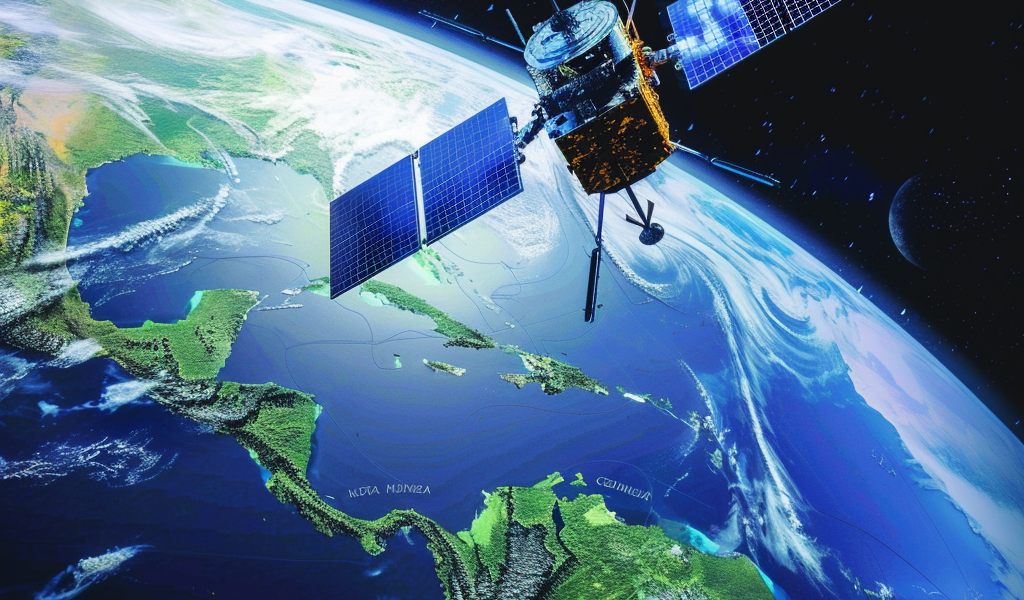The NISAR Mission, a groundbreaking collaboration between NASA and the Indian Space Research Organisation (ISRO), is set to revolutionize our understanding of Earth’s ecosystems and environmental changes. Scheduled for launch in 2024, this joint Earth-observing satellite mission aims to provide critical data on various aspects of our planet, including biomass, natural disasters, sea level rise, and groundwater levels.
NISAR, which stands for NASA-ISRO Synthetic Aperture Radar, will utilize advanced radar imaging technology to monitor changes across Earth’s land and ice-covered surfaces. The satellite will orbit the Earth, capturing detailed images every 12 days, and will collect data on a six-day cycle throughout its three-year mission. This frequent monitoring will enable scientists to observe and analyze dynamic changes occurring in ecosystems and geological formations.
The partnership between NASA and ISRO was established in response to a 2007 National Academy of Sciences report that highlighted the urgent need for enhanced data in Earth science fields. The report emphasized the importance of monitoring ecosystems, crustal deformation, and cryospheric sciences to better understand climate change and its impacts.
NASA Administrator Charles Bolden and ISRO Chairman K. Radhakrishnan formalized this collaboration by signing agreements that not only initiated the NISAR mission but also laid the groundwork for future joint missions to Mars. This strategic partnership combines the strengths of both organizations, with NASA providing the L-band radar and advanced technologies, while ISRO contributes the spacecraft bus, S-band radar, and launch services.
ISRO’s expertise in agricultural monitoring, landslide studies, glacier research, soil moisture assessment, coastal processes, and hazard monitoring makes it an invaluable partner in this mission. By employing both L-band and S-band radar frequencies, NISAR will achieve high-precision measurements of changes on Earth’s surface, allowing researchers to gather comprehensive data on a wide range of environmental phenomena.
The data generated by NISAR will be instrumental for scientists and policymakers in managing natural resources, responding to natural disasters, and understanding the effects of climate change on various ecosystems. For instance, the satellite’s observations will help track the health of forests, monitor the melting of glaciers, and assess the impact of sea level rise on coastal communities.
This mission is not only a testament to international collaboration in space exploration but also a critical step towards enhancing our understanding of Earth’s complex systems. As climate change continues to pose significant challenges globally, initiatives like NISAR will provide essential insights that can guide effective environmental management and policy decisions.
As the launch date approaches, anticipation is building within the scientific community and beyond. The NISAR mission represents a significant advancement in Earth observation technology and a commitment to leveraging space-based resources for the betterment of our planet.
With the successful implementation of the NISAR mission, NASA and ISRO are poised to make significant contributions to the field of Earth science, paving the way for future innovations and collaborations in the pursuit of understanding our dynamic planet.





